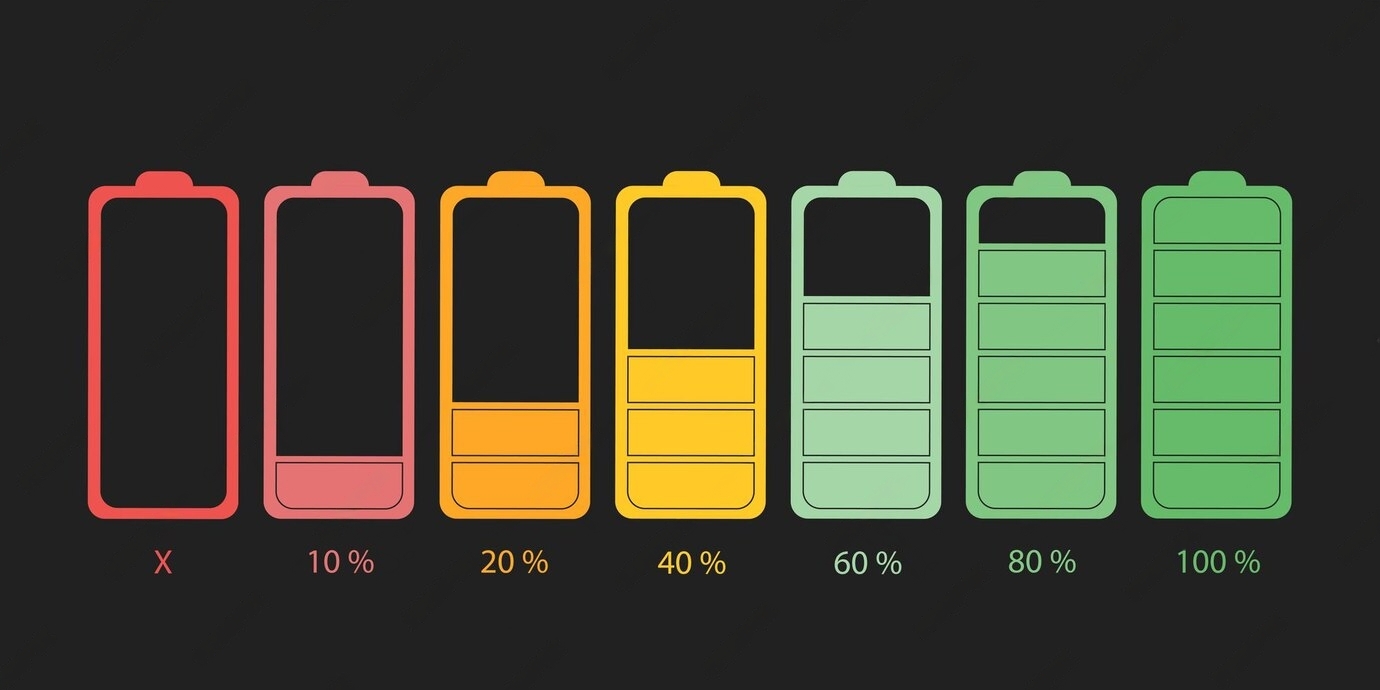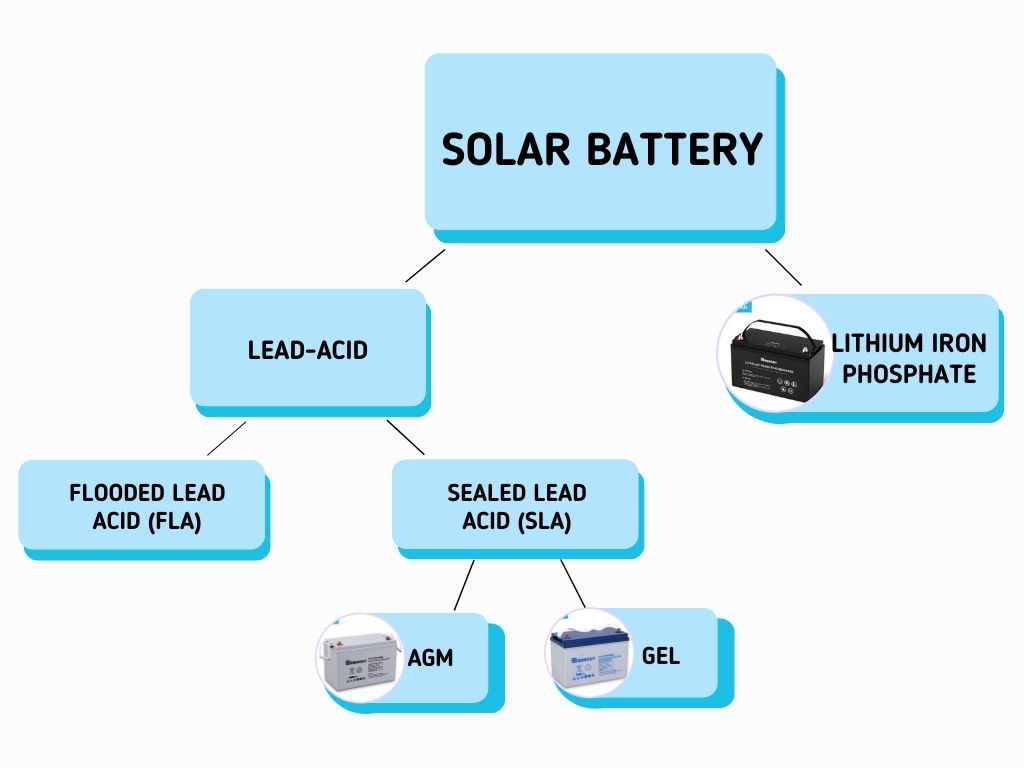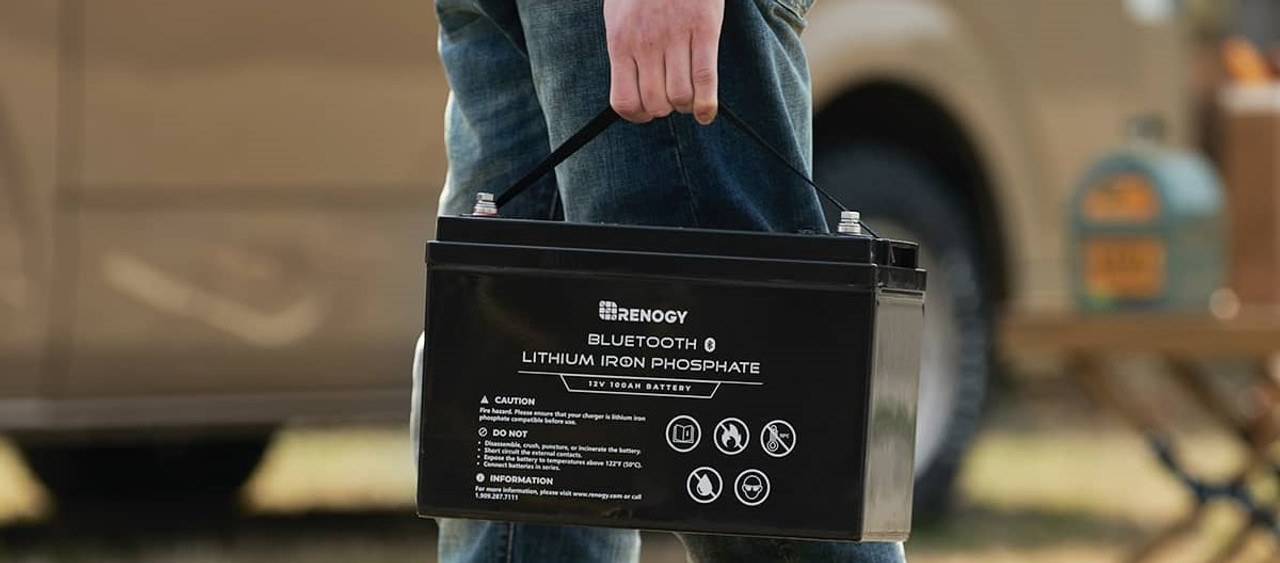What Is the Life Expectancy of a Solar Battery?
Solar batteries, a crucial component of solar energy systems, have become increasingly popular as more homeowners and businesses adopt renewable energy solutions. Understanding the lifespan of these batteries is essential for those considering or already using solar power. The longevity of solar batteries depends on various factors, including the type of battery, usage patterns, and maintenance. While different technologies offer varying lifespans, most solar batteries can last anywhere from 5 to 15 years or more. This article will explore the factors that influence solar battery life, compare different battery types, and provide tips on maximizing their durability. By understanding how long solar batteries last, you can make informed decisions about your solar energy system and ensure optimal performance for years to come.
How Long Do Solar Batteries Last

Solar batteries, essential for storing renewable energy, typically last between 5 to 15 years. The lifespan varies based on the battery type and usage patterns. Lead-acid batteries, a more affordable option, generally last 3 to 7 years in solar setups. In contrast, lithium-ion batteries, though pricier upfront, often provide 10 to 15 years of reliable service. Factors such as discharge depth, charge cycles, environmental conditions, and maintenance all affect how long a solar battery lasts. To maximize longevity, it's crucial to follow manufacturer guidelines, protect batteries from extreme temperatures, and perform regular upkeep. While lithium-ion batteries have a higher initial cost, their extended lifespan often offers better long-term value for solar power systems. Understanding the expected lifespan of solar panel batteries is key to planning and maintaining an efficient, cost-effective renewable energy system.
Factors That Affect the Lifespan of Your Battery
Understanding how long solar batteries last is crucial for maximizing your solar power system's efficiency. The lifespan of solar panel batteries can vary significantly based on several key factors:
1. Battery Type
Different battery technologies have varying lifespans:

- Lead-Acid Batteries:
- Lithium-Ion Batteries:
- Saltwater Batteries: Potential 10-15 year lifespan, lower environmental impact. These batteries use saltwater electrolytes and carbon electrodes to store energy, avoiding heavy metals and making them highly recyclable.
- Flow Batteries: Potential 20+ year lifespan, primarily for large-scale applications. These unique batteries store energy in liquid electrolytes held in separate tanks, pumped through a central reaction chamber to produce electricity.
# Flooded Lead-Acid: Typically last 3-5 years, require regular maintenance. These batteries work by submerging lead plates in an electrolyte solution, producing electricity through a chemical reaction between the lead and the acid.
# Sealed Lead-Acid (AGM and Gel): Generally last 4-8 years, maintenance-free. AGM batteries use a fiberglass mat to hold the electrolyte, while Gel batteries use a silica additive to thicken the electrolyte, both reducing electrolyte evaporation and spillage
In solar applications, lead-acid batteries often last 3-7 years due to frequent cycling.
# Lithium Iron Phosphate (LiFePO4): Often last 10-15 years or more, excellent cycle life. These batteries use lithium ions moving between positive and negative electrodes to store and release energy, with iron phosphate as the cathode material providing high thermal stability.
# Lithium Nickel Manganese Cobalt (NMC): Can last 10-12 years with proper care. NMC batteries use a blend of nickel, manganese, and cobalt in the cathode, offering a balance between high energy density and good cycle life.
2. Depth of Discharge (DoD)
How deeply you discharge your battery affects its lifespan. Most manufacturers recommend limiting DoD to 50-80%. Lithium-ion batteries generally tolerate deeper discharges better than lead-acid. For example, a lead-acid battery might last 1,000 cycles at 50% DoD, but only 200 cycles at 80% DoD. A lithium-ion battery might last 2,000 cycles at 80% DoD and 5,000 cycles at 50% DoD.

3. Charge and Discharge Cycles
Each cycle causes wear on the battery's components. High-quality solar panel batteries withstand more cycles, extending their useful life. Lithium-ion batteries typically handle more cycles than lead-acid before significant degradation occurs.
4. Temperature Exposure
Extreme temperatures significantly impact solar battery lifespan. Most batteries perform best between 20-25°C (68-77°F). For every 8°C (14°F) above 25°C (77°F), battery life can be reduced by up to 50%. Cold temperatures can also reduce efficiency and capacity, especially in lead-acid batteries.
5. Maintenance and Care
Regular maintenance is crucial for maximizing battery life:
- Keep batteries clean and dry
- Ensure proper ventilation
- Check and maintain fluid levels (for flooded lead-acid batteries)
- Follow manufacturer guidelines
- Use a high-quality charge controller
What Is the Longest-Lasting Solar Battery Type
When considering how long solar batteries last, it's crucial to understand that different types of batteries have varying lifespans. Among the various options available, lithium-ion batteries, particularly Lithium Iron Phosphate (LiFePO4), generally stand out as the longest-lasting solar battery type.
LiFePO4 batteries typically offer a lifespan of 10-15 years or more, significantly outperforming traditional lead-acid batteries. This extended solar battery lifespan is due to several factors:
- Higher cycle life: LiFePO4 batteries can withstand more charge and discharge cycles before significant degradation occurs.
- Deeper discharge capability: They can be discharged to a greater depth without damaging the battery, unlike lead-acid batteries.
- Better temperature tolerance: LiFePO4 batteries perform well in a wider range of temperatures, reducing wear from environmental factors.
While lead-acid batteries have been a popular choice due to their lower upfront cost, their lifespan is considerably shorter. When asking "how long do lead acid batteries last" in solar applications, the answer typically ranges from 3-7 years. This shorter lifespan is due to their sensitivity to deep discharges and temperature fluctuations.
Flow batteries, although less common in residential applications, potentially offer even longer lifespans of 20+ years. However, their size and complexity often limit their use to large-scale installations.
Ultimately, while LiFePO4 batteries may have a higher initial cost, their longer lifespan often makes them the most cost-effective choice in the long run for those seeking to maximize the longevity of their solar energy storage system.
Is the Lifespan of a Solar Battery the Most Important Aspect
While the lifespan of solar panel batteries is undoubtedly crucial, it's not the only aspect to consider when choosing a solar battery. The question "how long does a solar battery last" is important, but it should be balanced with other key factors. These include initial solar battery prices, capacity and power output, efficiency, depth of discharge (DoD), maintenance requirements, environmental impact, space and weight considerations, and safety. For instance, longer-lasting lithium-ion batteries often come with a higher upfront cost, which might not be feasible for all budgets. Similarly, a battery with a long lifespan isn't beneficial if it can't meet your energy storage needs or if it requires more maintenance than you can provide. Some batteries, like lead-acid, may have a shorter lifespan but could be more suitable if they better meet your other requirements. Ultimately, the best choice depends on your specific needs, budget, and circumstances.
Conclusion
The lifespan of solar batteries depends on various factors, including quality and maintenance. With the right care, these batteries can provide sustainable power for many years, offering a reliable and eco-friendly energy solution. Investing in high-quality solar batteries ensures fewer replacements and consistent performance, making them a smart choice for your renewable energy needs.
For an exceptional option, consider Renogy. Renogy offers advanced solar battery solutions known for their durability and efficiency, ensuring you get the best return on your solar investment.
FAQs about Solar Battery Lifespan
1. What Are Deep Cycle Batteries?
Deep cycle batteries are designed to provide a steady amount of power over a long period, making them ideal for renewable energy systems like solar power. Unlike regular batteries, they can be discharged and recharged repeatedly without damage. This durability makes them perfect for applications requiring reliable, long-term energy storage, such as in solar and wind energy systems.
2. How Long Do Home Solar Batteries Last?
The lifespan of home solar batteries varies based on quality, usage, and maintenance. Typically, well-maintained solar batteries can last anywhere from 5 to 15 years. Regular maintenance and avoiding extreme temperatures can extend their lifespan. Investing in high-quality batteries from reputable brands ensures you get the most out of your solar energy system.
3. Do Solar Panels Go Bad?
Yes, solar panels can degrade over time, but they typically have a long lifespan of 25 to 30 years. Factors like weather conditions, quality of materials, and installation can affect their longevity. Over time, their efficiency may decrease slightly, but they usually continue to produce power for many years. Regular maintenance and proper care can help maximize their lifespan and performance. Learn more about how long do solar panels last.











